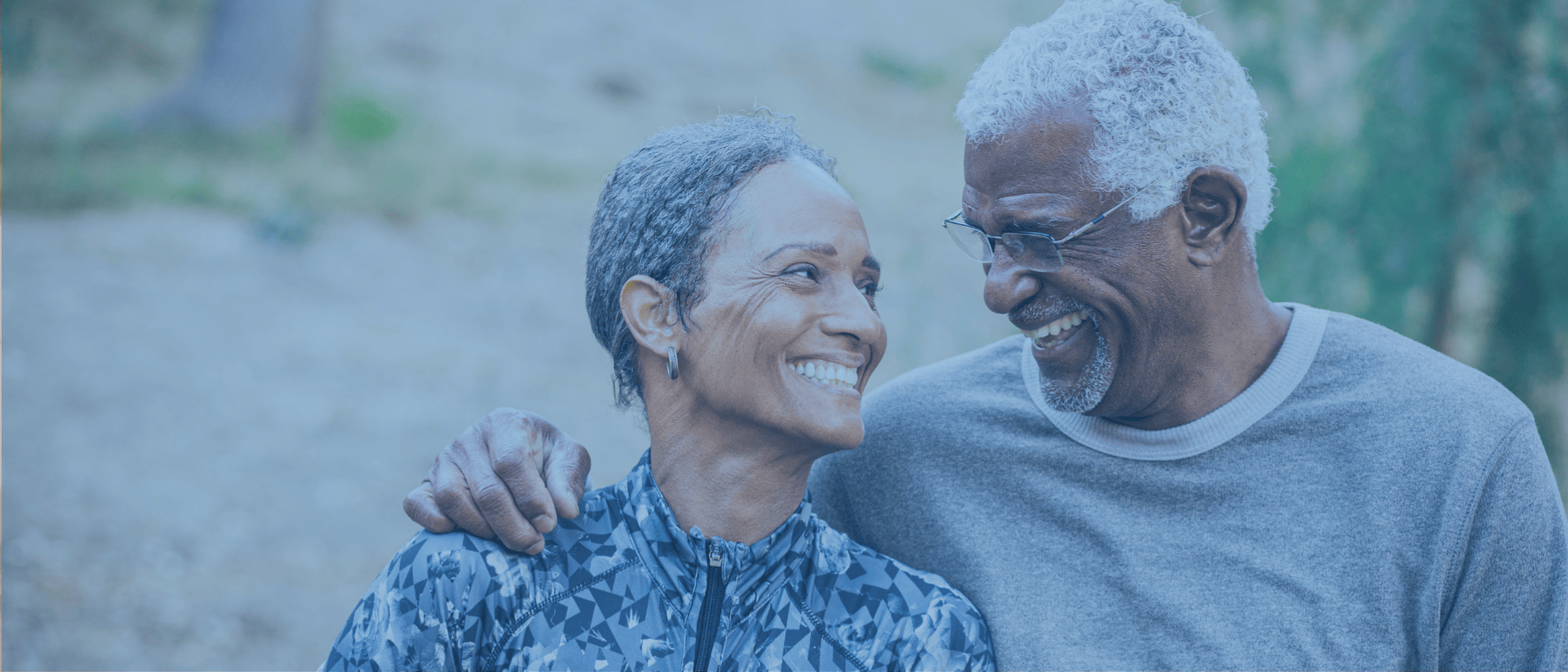02 Jul Caring for Chronic Pain in Older Adults
Pain is something we all experience in life. For many, it’s temporary. But for older adults, pain can often linger. It can settle into daily life, sometimes quietly, sometimes loudly, affecting everything from sleep to movement, and even the joy of simple routines.
This kind of ongoing pain, known as chronic pain, can be a heavy burden. It doesn’t just hurt the body; it weighs on the spirit. At its worst, it can feel isolating. But with care, understanding, and the right support, chronic pain can be managed. Life can remain full of connection, meaning, and comfort.
Why Pain Often Stays Longer with Age
As the body ages, it changes. Muscles may weaken, joints may stiffen, and old injuries may resurface. Some of the more common causes of lasting pain in older adults include:
- Arthritis, particularly osteoarthritis, can cause aching joints and swelling that make everyday tasks harder.
- Back pain can arise from years of wear and tear, past injuries, or simply from changes in posture and muscle strength.
- Neuropathy, often linked to conditions like diabetes, brings burning, tingling, or numbness, especially in the hands and feet.
- Chronic illnesses such as fibromyalgia or cancer may carry pain that requires careful, ongoing attention.
- Old injuries or surgeries can leave behind pain that flares up, especially with overuse or during cold weather.
These aren’t just physical symptoms. They affect how people move through their day, how they connect with others, and how they sleep, think, and feel.
Approaches That Make a Difference
There’s no single solution for chronic pain. Every person’s experience is different. That’s why care needs to be thoughtful and personal. Here are a few approaches that many older adults find helpful:
- Physical therapy offers gentle, guided movement to strengthen the body and ease discomfort. Even small changes can restore confidence and mobility.
- Occupational therapy focuses on making daily activities easier and safer. From adjusting how someone gets dressed to suggesting helpful tools around the house, these strategies can reduce strain.
- Support groups offer a place to share stories, advice, and encouragement. For many, simply knowing they’re not alone makes a world of difference.
Comfort Starts at Home
Much of the work of managing chronic pain happens not in a clinic, but in the quiet rhythm of home life. Simple, consistent habits can help soothe pain and lift the spirit.
- Gentle movement, like walking, swimming, or stretching, keeps the body flexible and the mind clear. These routines can become small daily victories.
- Mindfulness and breathing exercises can help ease tension and bring moments of calm, especially during flare-ups.
- Heat and cold therapy, with warm baths or cold packs, can offer immediate relief from stiff or swollen joints.
- Nourishing meals, full of colorful fruits and vegetables, whole grains, and healthy fats, support the body’s natural healing and reduce inflammation.
- Massage and stretching, even when done gently at home, can improve circulation and reduce muscle tightness.
These small steps may not erase pain completely, but they can bring comfort, restore dignity, and help seniors feel more in control of their wellness.
Living Beyond the Pain
Pain may be part of growing older, but it doesn’t have to overshadow every moment. With the right care and support, older adults can continue to enjoy the things that matter: family dinners, walks in the garden, quiet mornings with coffee, or the smile of a loved one.
At Atlas, we understand how deeply chronic pain affects the lives of those we serve. That’s why our mobile physicians take the time to listen, to observe, and to create care plans that honor each person’s history, preferences, and goals. If you or a loved one is living with chronic pain, know that help can come to your door. Compassionate care is possible. Relief is possible. You are not alone.

